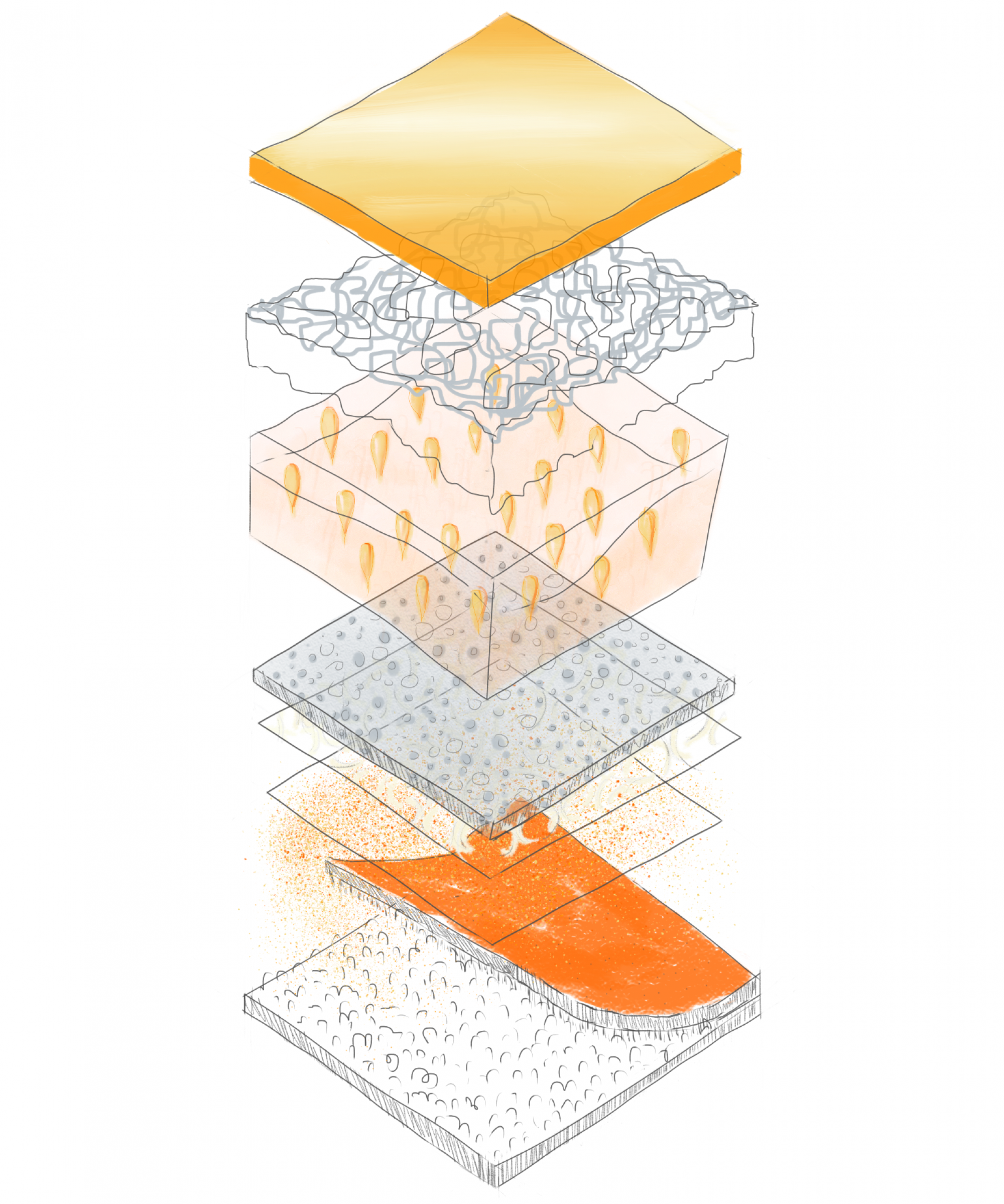


The University of British Columbia, School of Architecture and Landscape Architecture


In Class Exercise: Examining how cats smell

Link to video:
https://drive.google.com/drive/u/0/my-drive?ths=true
Notice what piece of clothing she darts too upon first whiff.. and how much time she spends smelling it.. animals seem to tolerate what humans don’t (wet soccer socks)

Legend (along path starting from bottom middle left)
*smell was so strong I could taste some of it too


Analysis:
Proposed Design includes elements from :




https://drive.google.com/file/d/1o-QLuPhEFPHPTbDD0xMH8U_9lhnFdOFa/view?usp=sharing
Link to accompanying recording ^^


https://drive.google.com/file/d/1LphSr-f3NGO-rbbzp9FABuoMCP1o6PTl/view?usp=sharing
Link to Accompanying Video ^^^^

1) When unsighted it was at times difficult to identify the different wooden panel boards. 2) The lower smaller (right) railing was the railing I used to slide my hands and guide my body up the flight of stairs. I was unaware of the higher larger (left) railing while walking up the stairs. 3) When unsighted at times I could identify gaps in the panel boards by dragging my feet 4) Once up the stairs the difference in texture from gritty metal to smooth wood indicated I had reached the top. 5) The flat metal fence was a reminder that I had reached the edge of the platform. 6) The air from the vents grew louder as I approached the foot of the stairs. 7) The cylindrical posts guided me around the corners one after the other. 8) The gritty steps sent me the signal that I was still on the steps while the ‘clangy’ front facing board, after kicking it, guided me over each step. 9) The top face of the posts provided a spot to lean and rest while the outer round base guided me around corners.






Areas of Interest: After observing for a 30 minute period I noticed that the flight paths of birds in the park tended to concentrate in the north end (Area of Interest #1, top of page). The north end also experienced considerably less pedestrian traffic than the south end (Area of Interest #2, bottom of page). Perhaps the birds targeted area of interest #1, due to there being less pedestrian traffic…or were there other potential reasons?… (see Map #2).

Areas of Interest: Map 2 includes the added features of the locations of all trees and buildings within the park. In the second 30 minute period of observation, the flight paths of birds continued to predominantly concentrate at the north end of the park (Area of Interest #1, top of page). The north end not only experienced less pedestrian traffic than the south end (Area of Interest #2, bottom of page), but also has a much greater concentration of trees and the only 3 buildings in the park. As such, it is likely that the trees and buildings (perching spots/spots to rest) are reasons for why there was a heavy concentration of flying birds in the north end throughout my time in the park.
In the second 30 minute period, however, I also witnessed a cluster of flying birds in the southeast end (Area of Interest #2). The main reason why birds were attracted to this area this time around was because a man was feeding them food out of the garbage can.
Bruce Pagnucco








